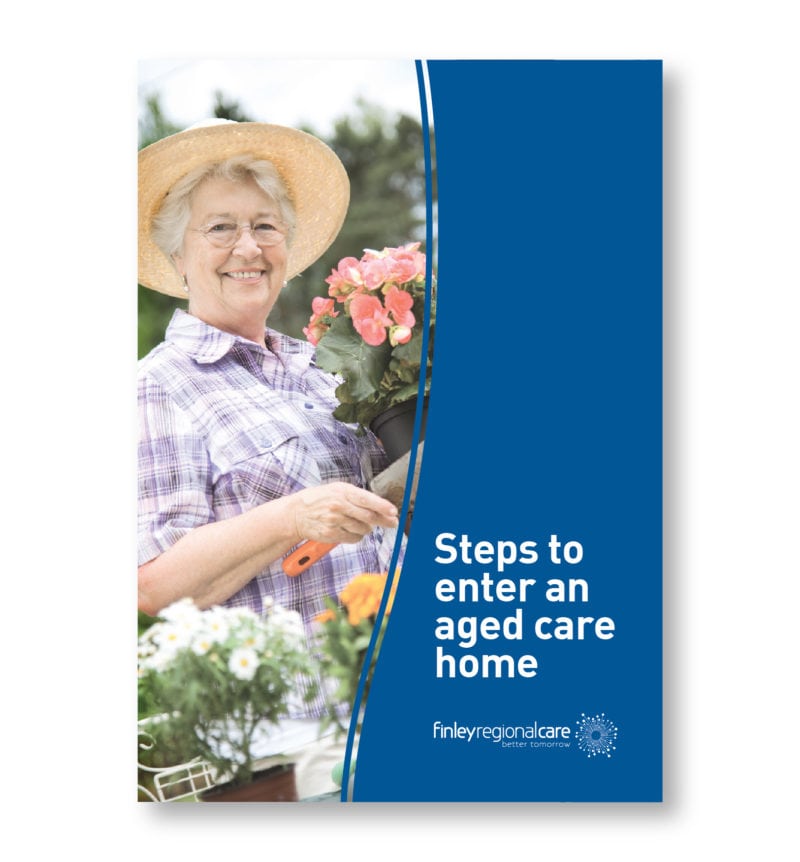We all know that exercise is good for us, and is vitally important for ageing well (in fact, exercise can help fight off all these diseases). But does it have to be strenuous? Do we have to be bathed in sweat, with legs trembling, arms aching and ready to lie down before we fall down for exercise to be beneficial? Or will something a bit less intense, like a good old-fashioned walk do the trick? Let’s find out.
The benefits of walking
Walking is obviously much lower intensity than many other forms of exercise, and it can be easy to dismiss it as not particularly beneficial. But in fact, walking has an incredible range of benefits for older people, and doing so regularly can help you live independently for longer.
Walking will:
- Strengthen your muscles
- Improve your balance and coordination
- Improve joint flexibility
- Decrease your likelihood of falling
- Help manage your weight
- Strengthen your bones and help prevent osteoporosis
- Lower your risk of some chronic diseases, such as diabetes, stroke, heart disease, dementia and some types of cancer
- Help reduce blood pressure
- Improve your stamina
- Increase your energy levels
- Reduce mental health issues such as depression and anxiety
- Improve your cognitive function
- Improve your mood and sense of wellbeing
- Increase your confidence
What’s more, regular walking can help you live a longer life – as well as a more pain-free, happy and healthy one.
The Australian Guidelines for exercise
We’ve all heard the 10,000 steps a day standard, and people who meet step goals of between 6,000 and 10,000 steps can expect a more than 16% reduction to their mortality risk. However, that number of steps can seem overwhelming, and can be hard to meet on a daily basis for busy people. It can often feel more achievable to aim for the recommended exercise guidelines.
The Australian physical activity guidelines list the following recommendations:
- Adults aged up to 64 years should aim for two-and-a-half to five hours of moderate activity, or one-and-a-quarter to two-and-a-half hours of vigorous activity per week, and should aim to be active on most (preferably all) days of the week.
- Adults aged 65 and over should aim for at least 30 minutes of moderate activity on most (preferably) all days, and should do a range of activities that incorporate fitness, strength, balance and flexibility.
You can find the full guidelines here.
So, depending on your age, walking may well fulfill your activity requirements. For those over the age of 65, a walk would definitely quality as moderate activity. And for those under 65 who need to achieve some vigorous activity, here are some ways you can up the intensity of a walk so that it counts towards your total.
How to up the intensity of a walk
Obviously, going for a gentle stroll around the neighbourhood is not going to give you the intensity you need. If you want to up your intensity, there are plenty of ways you can modify your walk so that you need to work harder. Try:
- Hill walking.
- Walking up and down stairs.
- Carrying small weights or wearing a weighted vest while you walk.
- Walking at a faster pace than normal. Try timing your usual walk, then aim to complete it quicker each time.
- Increasing the length of your walk.
- Varying the terrain you walk on, and choosing uneven paths, such as forest walking tracks or mountain trails.
- Walking in the sand.
- Using your arms more when you walk, engaging your glutes and pulling your stomach muscles in.
- Interval walking, where you alternate periods of harder efforts (such as fast walking, hill walking or jogging) with easier ones (such as slowing your pace or walking on the flat). As you get fitter, you can increase the length of time you spend on the harder efforts.
What you need
The great thing is that you need almost no special gear to go for a walk – just some comfortable, non-restrictive clothes and a comfortable and supportive pair of walking shoes. If you’re going to walk often, it’s worth investing in a quality pair of walking or jogging shoes, as they will provide the features and support you need and will last a bit longer than a cheap pair.
Don’t forget about sunscreen, sunglasses and a hat – as your health will not be improved by repeated bouts of sunburn or skin cancers!
If you like, use a heart rate monitor to keep an eye on your intensity, and a step tracker to help you achieve your step goal and add motivation.
Exercise snacking could be one of the secrets to helping you get your steps in – find out more here.
Before you start
If you haven’t done any exercise for a while, it’s always best to consult your doctor, particularly if you have a pre-existing health condition that will need to be managed. Also consider consulting an exercise physiologist, to help you exercise safely, increase your exercise gradually and manage any ongoing health conditions (things like arthritis, high blood pressure or cardiovascular disease) appropriately.


 Modifiable dementia risks that you can start changing now
Modifiable dementia risks that you can start changing now
